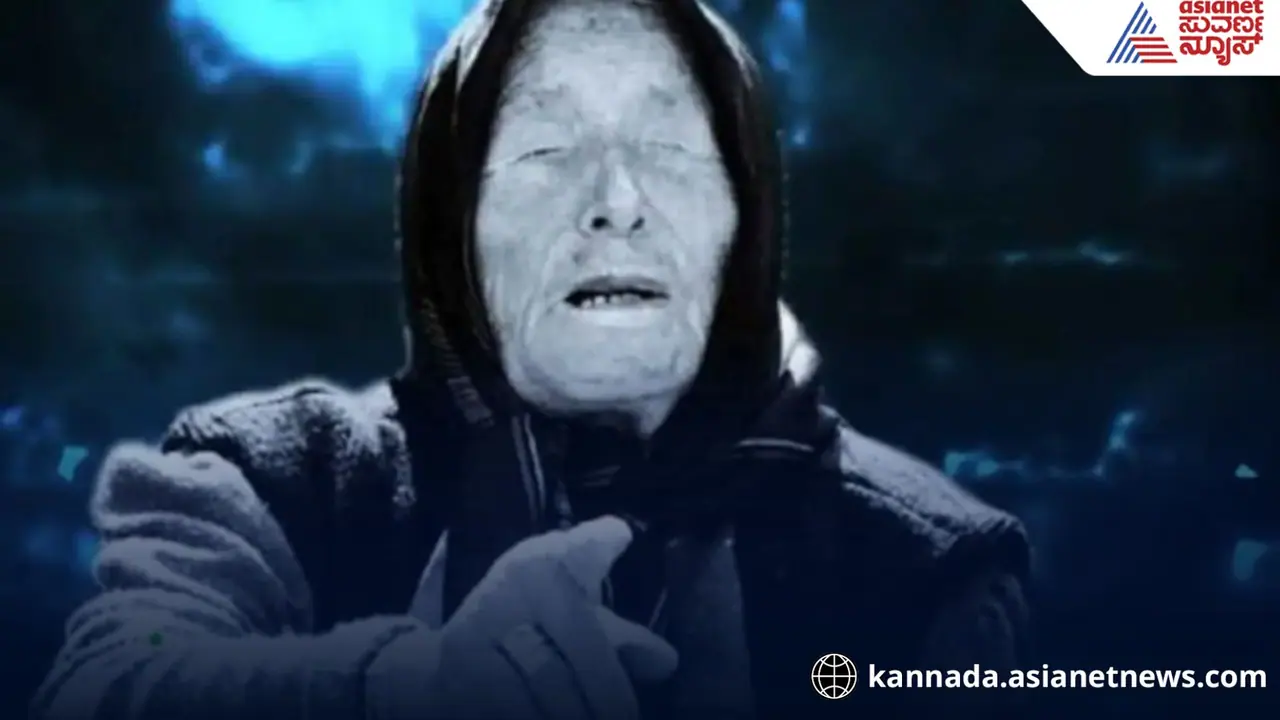Baba Vanga reportedly predicted that the end of the world would begin in 2025. According to her prophecies, Europe would come under Muslim rule by 2043, and by 2076, communism would make a global comeback.
With 2025 underway, the predictions of Bulgarian mystic Baba Vanga have once again captured public attention, particularly her ominous forecast that the beginning of the end of the world would unfold this year. The blind clairvoyant, whose prophecies have intrigued believers for decades, reportedly foresaw a major conflict erupting in Europe in 2025—one that would drastically reduce the continent’s population.

Baba Vanga, born on January 31, 1911, in the Rupite area of Bulgaria’s Belasica Mountains, lost her eyesight during childhood. Following a difficult upbringing marked by the loss of her mother and her father’s conscription during the First World War, Vanga rose to prominence during World War II, eventually becoming one of the most well-known mystics in Eastern Europe. She passed away from breast cancer on August 11, 1996.
Among her most controversial predictions is the rise of Muslim rule in Europe by 2043, a claim that has fueled debate and concern among her followers and critics alike. According to her forecasts, Europe—currently home to a predominantly Christian population—could see a demographic and cultural shift, particularly in countries like Germany, where the Christian population is said to be declining in contrast to a growing Muslim community.
One of her lesser-known but widely discussed predictions involves a future guerrilla war in France in 2299, allegedly waged against Islamic rule. Additionally, Vanga hinted at a Muslim political rise originating in Iran that could extend into Germany—though interpretations of this prediction vary significantly.
Vanga also predicted a global return of communist rule by the year 2076, and an apocalyptic natural disaster leading to the end of the world in 5079.
While many of Baba Vanga's predictions remain speculative and open to interpretation, her followers continue to examine her visions with reverence, citing a number of fulfilled forecasts as evidence of her prophetic abilities. However, critics argue that the vague and symbolic nature of her statements leaves them subject to manipulation and overreach.
As the world continues to navigate through political and cultural changes, the mystic’s predictions remain a subject of fascination, debate, and caution.


